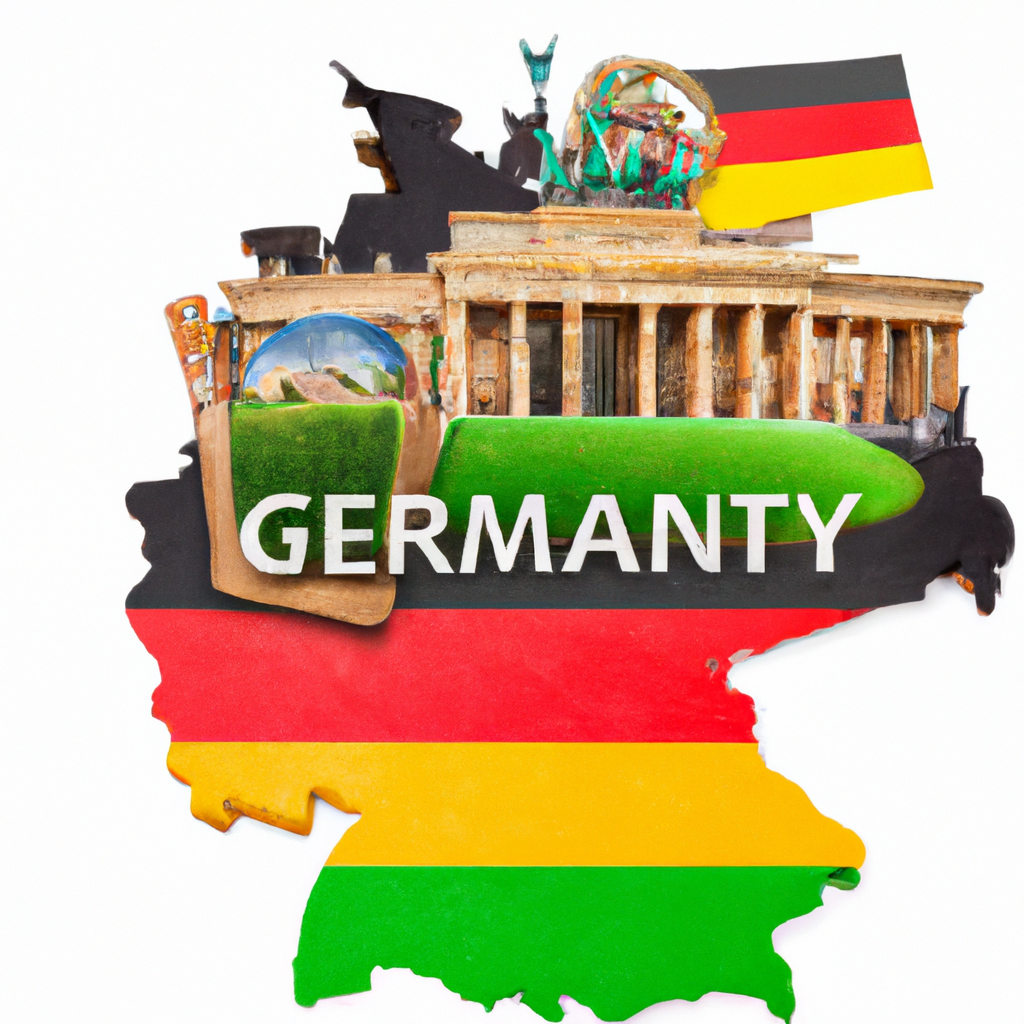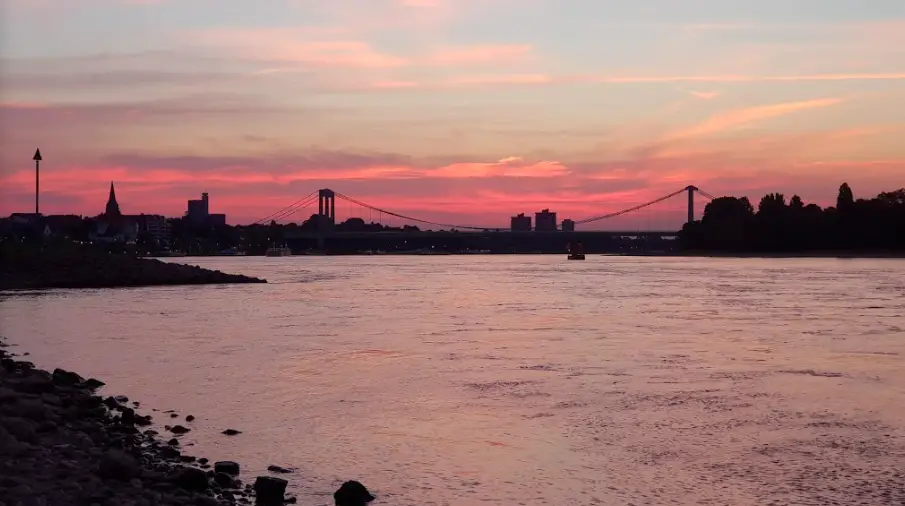What's the history behind the Brandenburg Gate?
Post ByAdequate Travel
Summary
The Brandenburg Gate, located in Berlin, Germany and built in 1791, is a symbol of unity and peace – but its history is anything but peaceful. From royal triumphs to political tragedies, the Brandenburg Gate has seen it all. In this blog, we'll uncover its turbulent history and delve into the events that have come to shape this monument's long and storied past.
Travellers can find valuable travel information for tourists, such as local customs, must-see attractions, and dining recommendations, to make the most of their trip.
History of the Brandenburg GateIntroduction:The Brandenburg Gate, located in Berlin, Germany, is a significant historical monument that holds great cultural and political importance. The gate has witnessed several crucial events throughout history, making it one of the most iconic symbols of Germany. Let us delve into its captivating history, exploring its construction, significance, and role in various eras.Construction and Architecture:1. King Frederick William II's Vision:The construction of the Brandenburg Gate was commissioned by King Frederick William II of Prussia in the late 18th century. The king sought to build a new grand entrance to the city of Berlin, envisioning a triumphal arch similar to ancient architectural wonders.2. Architect Carl Gotthard Langhans:Architect Carl Gotthard Langhans designed the Brandenburg Gate in the Neoclassical style. The gate reflects elements from Greek and Roman architecture, featuring columns, a pediment, and intricate decorative sculptures.Significance and Symbolism:1. City Gate:Initially serving as an entrance to the city, the Brandenburg Gate symbolized the connection between different districts of Berlin.2. Prussian Triumph:The gate's architecture and its location on the road that led to the Prussian capital, Brandenburg, reflected the triumph and power of the Prussian state.3. Entering Unter den Linden:Passing through the Brandenburg Gate led to Unter den Linden, a boulevard lined with trees and prestigious buildings. This route was a symbol of prosperity and enlightenment.4. Symbol of Unity:Following the division of Germany after World War II, the Brandenburg Gate became an emblematic dividing line between East and West Berlin, standing in the "no man's land" between the Berlin Wall.Historical Events and Transformations:1. Napoleonic Wars:During the Napoleonic Wars in the early 19th century, the Brandenburg Gate witnessed French occupation and became a symbol of Prussian resistance.2. Iron Cross Ceremony:In 1814, after Napoleon's defeat, Prussian troops marched through the Brandenburg Gate in a triumphant ceremony, carrying iron crosses awarded for bravery. This event solidified the gate's symbolic importance as a symbol of national identity.3. World War II and Cold War:During World War II, the Brandenburg Gate suffered significant damage due to bombings. Following the war, it stood within the Soviet sector of Berlin and became inaccessible during the division of the city. It embodied the separation between East and West Berlin until the fall of the Berlin Wall in 1989.4. Reunification and Modern Times:After the fall of the Berlin Wall, the Brandenburg Gate underwent extensive restoration to its former glory. Today, it represents the reunification of Germany and serves as a symbol of peace, unity, and freedom.Conclusion:The Brandenburg Gate's history is an intertwining narrative of architectural brilliance, political symbolism, and historical significance. From its construction in the late 18th century to its role in various eras, the gate remains an iconic symbol of Germany's past, present, and future. It stands as a testament to the resilience and triumph of the human spirit in the face of adversity.
History of the Brandenburg GateIntroduction:The Brandenburg Gate, located in Berlin, Germany, is a significant historical monument that holds great cultural and political importance. The gate has witnessed several crucial events throughout history, making it one of the most iconic symbols of Germany. Let us delve into its captivating history, exploring its construction, significance, and role in various eras.Construction and Architecture:1. King Frederick William II's Vision:The construction of the Brandenburg Gate was commissioned by King Frederick William II of Prussia in the late 18th century. The king sought to build a new grand entrance to the city of Berlin, envisioning a triumphal arch similar to ancient architectural wonders.2. Architect Carl Gotthard Langhans:Architect Carl Gotthard Langhans designed the Brandenburg Gate in the Neoclassical style. The gate reflects elements from Greek and Roman architecture, featuring columns, a pediment, and intricate decorative sculptures.Significance and Symbolism:1. City Gate:Initially serving as an entrance to the city, the Brandenburg Gate symbolized the connection between different districts of Berlin.2. Prussian Triumph:The gate's architecture and its location on the road that led to the Prussian capital, Brandenburg, reflected the triumph and power of the Prussian state.3. Entering Unter den Linden:Passing through the Brandenburg Gate led to Unter den Linden, a boulevard lined with trees and prestigious buildings. This route was a symbol of prosperity and enlightenment.4. Symbol of Unity:Following the division of Germany after World War II, the Brandenburg Gate became an emblematic dividing line between East and West Berlin, standing in the "no man's land" between the Berlin Wall.Historical Events and Transformations:1. Napoleonic Wars:During the Napoleonic Wars in the early 19th century, the Brandenburg Gate witnessed French occupation and became a symbol of Prussian resistance.2. Iron Cross Ceremony:In 1814, after Napoleon's defeat, Prussian troops marched through the Brandenburg Gate in a triumphant ceremony, carrying iron crosses awarded for bravery. This event solidified the gate's symbolic importance as a symbol of national identity.3. World War II and Cold War:During World War II, the Brandenburg Gate suffered significant damage due to bombings. Following the war, it stood within the Soviet sector of Berlin and became inaccessible during the division of the city. It embodied the separation between East and West Berlin until the fall of the Berlin Wall in 1989.4. Reunification and Modern Times:After the fall of the Berlin Wall, the Brandenburg Gate underwent extensive restoration to its former glory. Today, it represents the reunification of Germany and serves as a symbol of peace, unity, and freedom.Conclusion:The Brandenburg Gate's history is an intertwining narrative of architectural brilliance, political symbolism, and historical significance. From its construction in the late 18th century to its role in various eras, the gate remains an iconic symbol of Germany's past, present, and future. It stands as a testament to the resilience and triumph of the human spirit in the face of adversity.
Suggested Questions
- Burg Hohenzollern, Bisingen: Horror Story, History & Paranomial Activities
- Schloss Favorite, Rastatt: Horror Story, History & Paranomial Activities
- Schlosshotel Kronberg, Kronberg im Taunus: Horror Story, History & Paranomial Activities
- Hotel Elephant, Weimar: Horror Story, History & Paranomial Activities
- Geisterberg Nürnberg, Nuremberg: Horror Story, History & Paranomial Activities
- Zitadelle Spandau, Berlin: Horror Story, History & Paranomial Activities











